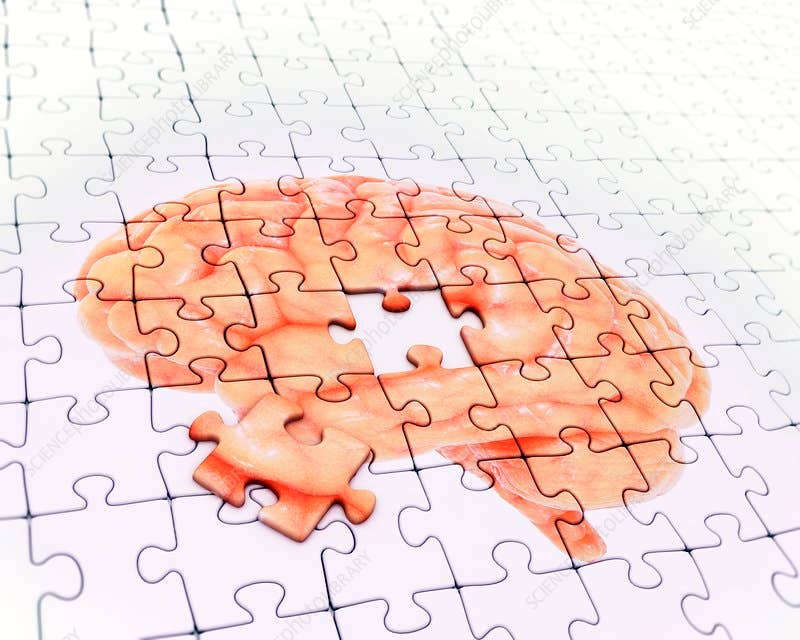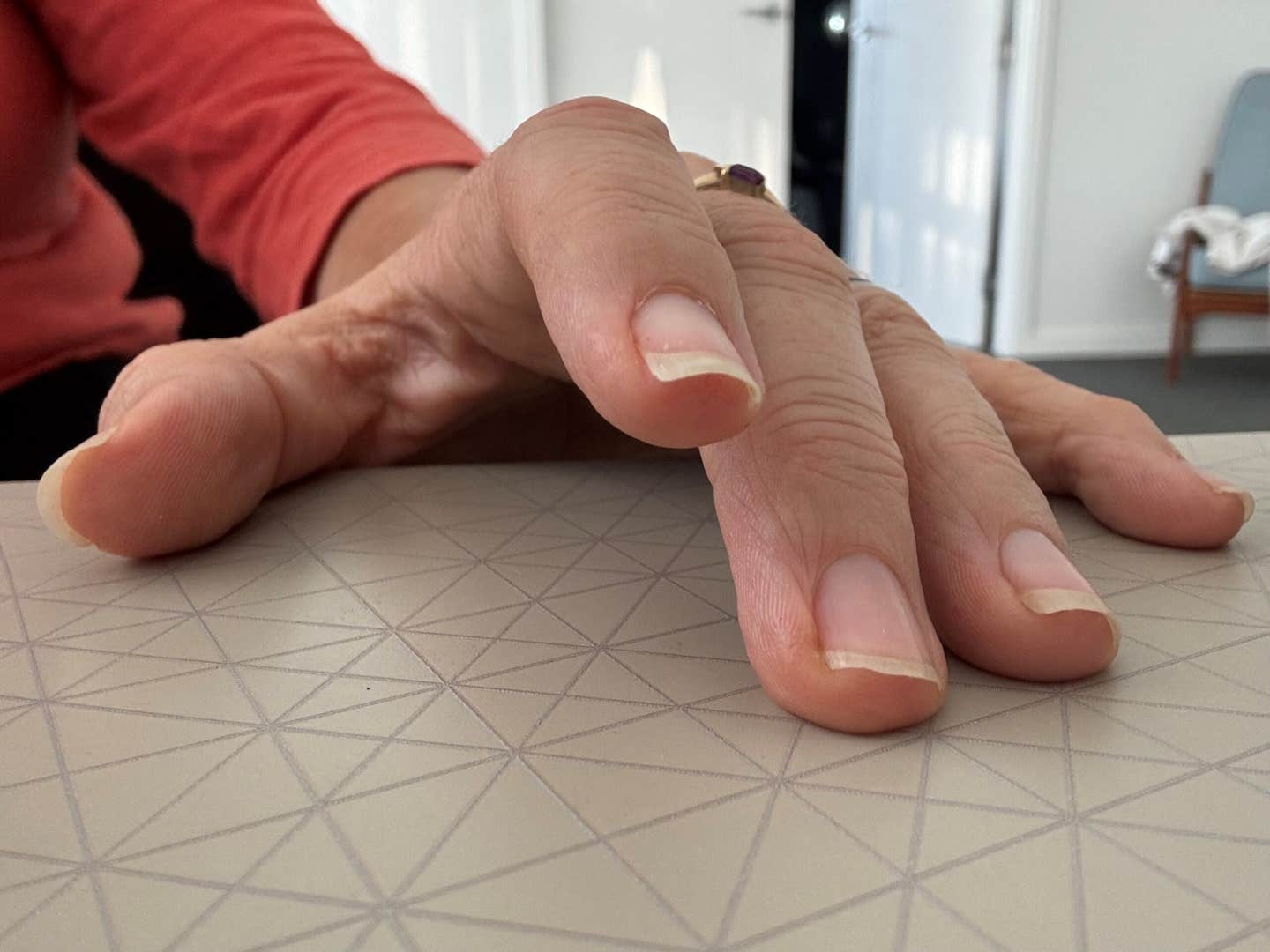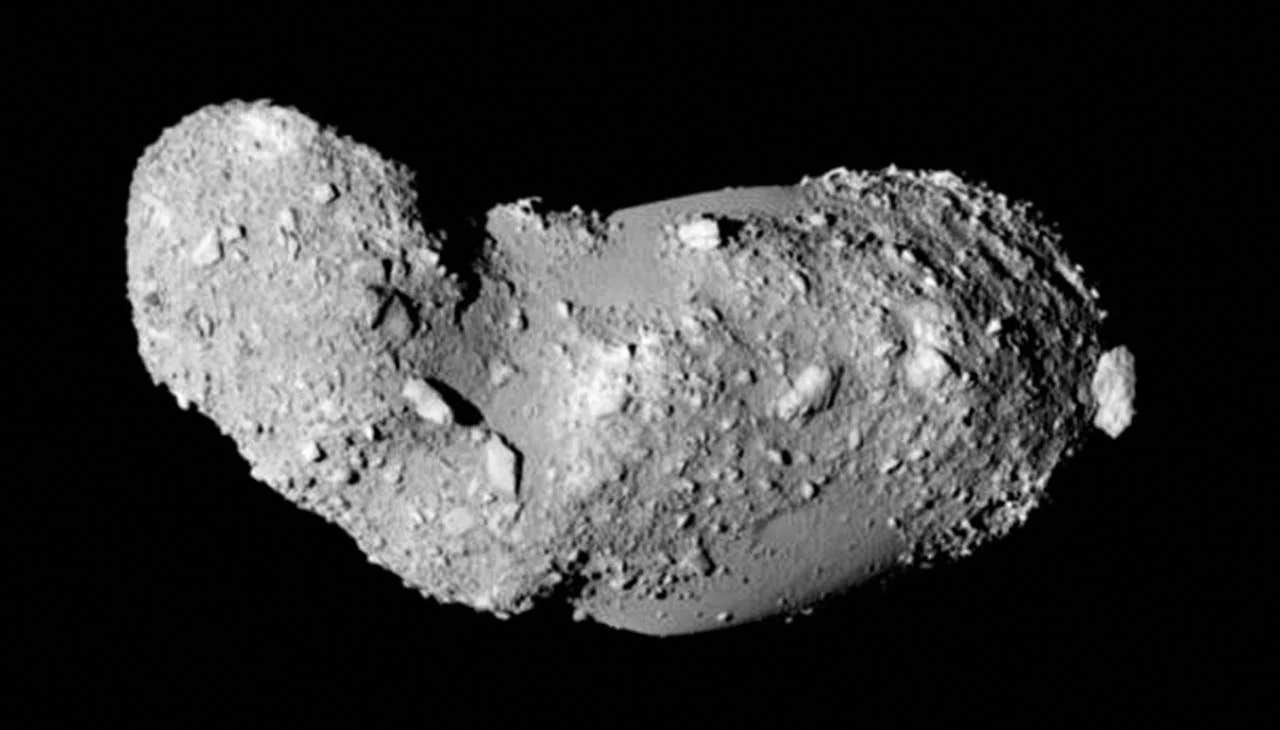Groundbreaking discovery promotes verbal learning and fights memory loss
Study shows adult brain cell growth boosts verbal memory, offering hope for treating epilepsy, dementia, and aging-related memory loss.

A new study reveals that adult brain cells boost verbal memory. This finding may help treat epilepsy and age-related memory decline. (CREDIT: Shutterstock Images)
In a groundbreaking discovery, scientists have found that the birth of new brain cells in adults plays a key role in verbal learning and memory. This finding, published in Cell Stem Cell, offers fresh insight into why people can continue to learn, remember, and engage in meaningful conversations—even well into adulthood.
The study focused on people living with mesial temporal lobe epilepsy, or MTLE, the most common form of epilepsy in adults that resists treatment with medication. This neurological disorder not only causes seizures, but often leads to serious problems with memory, attention, and thinking skills. Up to 70% of adults with this condition do not respond to drugs and are forced to live with ongoing symptoms.
A Closer Look at MTLE and Its Impact
Unlike other types of epilepsy, MTLE tends to get worse over time. Patients can experience more frequent seizures, memory loss, and noticeable changes in brain structure. These changes often include shrinking or damage in parts of the brain responsible for memory and learning.
The area most affected is the hippocampus. This region helps people form new memories, navigate space, and regulate emotions. It’s also one of the very few places in the adult brain where new neurons, or brain cells, are still made throughout life—a process known as neurogenesis.
This natural brain renewal process involves neural stem cells producing new, immature brain cells that grow and develop into functioning neurons. In animal studies, these new cells have been shown to help with spatial awareness and reduce memory interference. But until now, researchers weren’t sure what role these new brain cells played in the human brain.
Studying a Rare Window into the Brain
To better understand this mystery, researchers from USC’s Stem Cell and Neurorestoration Center studied a group of Spanish-speaking patients with drug-resistant MTLE. These patients underwent brain surgery to remove the damaged hippocampus as a last resort to stop their seizures. The removed brain tissue gave scientists a rare chance to directly study how neurogenesis relates to human thinking and memory.
Related Stories
“We observe that one of reasons [we generate new neurons] is to learn from the conversations we have,” said Michael Bonaguidi, a lead author on the study and a professor at USC.
These surgeries were performed at the Rancho Los Amigos Epilepsy Center, which serves underinsured patients in Los Angeles. The surgical specimens were vital for this research and represented a valuable resource for studying real human brain function.
Linking Cell Birth to Memory Loss
Researchers looked at brain samples and tested patients’ cognitive abilities. They found a strong connection between the number of immature brain cells in the hippocampus and the ability to remember spoken words and conversations.
The loss of these new brain cells over time mirrored the drop in verbal memory and learning skills. Specifically, this decline was most pronounced during the first 20 years after the patient’s seizures began. After two decades, most patients had almost no detectable new brain cells left.
“This work opens a gateway for future studies exploring ways to improve verbal learning and memory by boosting neurogenesis, possibly through exercise or therapeutic drugs,” Bonaguidi said.
Verbal learning is what allows people to understand language, remember instructions, and take part in everyday conversations. The loss of this skill can be devastating, especially for those already dealing with frequent seizures and the emotional toll of a chronic illness.
More Than Just Memory at Stake
The study didn’t stop at verbal memory. Patients with MTLE also showed declines in general intelligence and visuospatial skills—the ability to understand shapes, directions, and how objects relate in space.
But verbal learning stood out as the most closely tied to the number of new brain cells. This was a surprising twist. In rodent models, neurogenesis is usually linked to spatial navigation and less to verbal skills, since animals don’t use language like humans do. This difference underlines the value of studying real human brain tissue.
“These findings are clearly important for all people who suffer from learning and cognitive decline,” said Charles Liu, another lead researcher and professor of neurological surgery. “But they are also specifically relevant to the epilepsy patients who participated in the research.”
When Does Cognitive Decline Begin?
Past studies have offered mixed views on when memory loss starts in MTLE. Some thought it happens slowly and gets worse over time. Others believed it starts early and then levels off. This study adds new clarity.
The sharpest drop in memory and learning happened within the first 20 years after the epilepsy began. After that, the number of new brain cells became so low that memory loss reached a plateau. This suggests a critical window in the early years of the disease when treatment or brain-boosting therapies could have the biggest impact.
One key message here is that early detection and intervention might help slow or prevent memory loss. Doctors and researchers may now have a clear target—neurogenesis—to aim for in future treatments.
Hope for the Future
Understanding the role of neurogenesis in memory opens doors to new possibilities. Therapies aimed at increasing the birth of new brain cells could benefit not just people with epilepsy, but also those with Alzheimer’s disease, dementia, or age-related memory problems.
Exercise, certain diets, and new drugs might be able to support brain cell growth and improve thinking skills. Though more research is needed, this discovery sets a foundation for exploring such treatments.
The study also shows how patient generosity can drive scientific progress. The people who agreed to donate their brain tissue during surgery helped advance not only epilepsy research but also our understanding of how the human brain continues to grow and adapt.
“Our study provides the first cellular evidence of how neurogenesis contributes to human cognition—in this case, verbal learning and memory,” Bonaguidi said.
Who Supported the Research?
This important research was supported by several organizations. About 30% of the work received funding from the National Institutes of Health. Other supporters included the Cure Alzheimer’s Fund, the American Epilepsy Society, and the California Institute for Regenerative Medicine, among many others.
Dozens of scientists worked on this project. They came from USC, the Medical University of South Carolina, and Rancho Los Amigos National Rehabilitation Center. Their combined efforts brought to light a discovery that could change how we treat memory loss in the future.
This study shows that the adult brain, even one affected by disease, still holds secrets—and new cells—that can help us learn, adapt, and remember.
Note: The article above provided above by The Brighter Side of News.
Like these kind of feel good stories? Get The Brighter Side of News' newsletter.
Mac Oliveau
Science & Technology Writer | AI and Robotics Reporter
Mac Oliveau is a Los Angeles–based science and technology journalist for The Brighter Side of News, an online publication focused on uplifting, transformative stories from around the globe. Passionate about spotlighting groundbreaking discoveries and innovations, Mac covers a broad spectrum of topics—from medical breakthroughs and artificial intelligence to green tech and archeology. With a talent for making complex science clear and compelling, they connect readers to the advancements shaping a brighter, more hopeful future.



